For me, the Congo rainforest is the epitome of wilderness. As you venture into it, the roads and navigable river tributaries become ever more vegetation-clogged until eventually the only way forward is on foot, through boggy swamps and along narrow forest trails. The rainforest never fails to wrench me out of my comfort zone. Every photograph captured is paid for in sweat and insect bites.
Perhaps it is the discomfort and toil that makes it such a rewarding place to work. It feels like a real privilege to undertake an arduous trek to a stunning remote bai (forest clearing) and join the relatively small group of people who have gazed upon it.
Hearing chimpanzees calling from the canopy or glimpsing a forest elephant moving through the shadowed understory is the ultimate thrill. Occasionally, as you traipse through the forest, you might surprise a silverback gorilla, and he will explode out of a thicket so suddenly and screaming so loudly that it makes your hair stand on end and your heart pound out of your chest!
Wherever you go, you get the sense that wildlife lurks just out of sight, behind the veil of vegetation; a neat pile of droppings signifies the territory of a duiker, disturbed leaf litter shows where a family of red river hogs snuffled, or, most tantalising of all, pug marks reveal that a path was recently graced by the apex predator in these parts — a leopard.
These were some of the creatures that I was hoping to photograph when I collaborated with WCS in Nouabalé-Ndoki National Park in northern Republic of Congo. Established in 1993, the park stands as one of the best examples of a pristine forest ecosystem in the Congo Basin. There are no roads within Nouabalé-Ndoki, the trees have never been logged, and the interior still harbours animals that have had little or no contact with people. For over 30 years, WCS has collaborated with the Congolese Government to administer and protect the park and its buffer zone.
Our aim was to photograph as many of the elusive species as possible and so I brought with me several Camtraptions camera traps. I encountered my first challenge on arriving in Brazzaville when I discovered the bags containing my camera traps had not made my flight connection. Rather than wait for them, I started the long journey up to Nouabalé-Ndoki, which was a test of endurance in itself, starting with a 12-hour car drive to the town of Ouesso on the border with Cameroon, then 5 hours by boat up the Sangha River to Bomassa where the Park HQ is situated. After the near-miraculous arrival of my bags a few days later, it was then onward by 4×4 and dugout canoe to Mbeli Bai, where I paused to set up a couple of camera traps, and then a further 21km on foot to Goualougo research camp. This last part was only possible thanks to a team of burly Bayaka porters who helped carry my camera equipment and our provisions through the forest and the waist-deep swamps that guard the interior of the park.
One of the animals that I was most keen to photograph was a leopard. To select spots for my camera traps, I was relying on researchers and Bayaka trackers who had been studying the wildlife around Mbeli Bai for years. They were able to point me in the direction of a couple of trails that they thought would be most likely to yield results and I set up my traps, each consisting of a camera in a housing, a sensor, and two or three flashes. The mere possibility of capturing a photograph of such an elusive creature was incredibly exciting!
Over the course of the project, my camera traps were constantly menaced; bad-tempered elephants dismantled set-ups, colonies of ants devoured rubber bungs and seals, and the intense humidity quickly took its toll on anything that wasn’t meticulously sealed.
Despite the challenges, it wasn’t long before the traps started generating results. Checking the cameras was a real treat, as most species captured were rarely seen or photographed.
Over the course of the project, I set up cameras at three research sites, starting at Mbeli Bai and Goualougo before moving them to Mondika on the CAR border. At Goualougo, I was aiming to photograph something a bit different…
Goualougo lies between the Ndoki and Goualougo Rivers, with extensive swamps acting as a natural barrier to human encroachment. When researchers first ventured into this area 30 years ago, the chimpanzees they encountered were not scared but curious. This “naïve” response was likely because they had never encountered humans before. These chimps have been the focus of a long-term study since 1999.
The chimps I saw were high up in the canopy and impossible to photograph, but the team showed me several termite mounds that the chimps sometimes visit to fish for termites. This tool-use behaviour – first brought to the world’s attention by Jane Goodall in Tanzania – involves pushing a smooth stick into the mound, which the termites then cling to as it is withdrawn. I was keen to photograph this behaviour so we set up camera traps at a couple of suitable sites.
On my return visit to Goualougo, we had managed to photograph a female at one of the mounds. I moved the camera closer to try for a more intimate shot and left it for a few more months. In that time, the female gave birth to a tiny infant. The resulting photos of her feeding while her baby watched – the passing on of this specialised technique from one generation to the next – made all the hard work worthwhile.
Towards the end of the project, I headed to Mondika. This is primarily a site for studying several habituated groups of critically endangered Western lowland gorillas. Their survival is threatened by habitat destruction, poaching, and diseases such as Ebola, which have devastated populations in recent decades.
For more than 30 years, researchers from the Goualougo Triangle Ape Project have shadowed the gorillas and meticulously recorded their behaviour and diet. Once my camera traps were deployed, I was able to join the researchers and photograph the gorillas in person. For me, nothing quite compares to the privilege of spending time with wild gorillas.
In the Congo rainforest, one of the greatest dangers is the elephants as they can be unpredictable and aggressive. The thick vegetation means you can get dangerously close to them before realising they are there. The Bayaka trackers seem to have a sixth sense for knowing when one is nearby and deftly detour around them. Occasionally though, one of the belligerent beasts decided to block our way, almost as if it were a game. On one such occasion, a male elephant stopped us crossing a river and we had to wait several hours for him to finish feeding. The upside was that he couldn’t easily leave the river to get to us so I was able to take some photographs, which were made all the more special when a shaft of light pierced the canopy and reflected off the water onto his side.
While elephants made their presence very obvious, another menace operated on a much smaller scale. The rainforest was teeming with tiny ticks — no bigger than pinheads but disturbingly persistent. No matter how many I removed, more would turn up in the most inconvenient places. Even several days after leaving the forest, I was still discovering unwelcome stowaways, their heads firmly embedded and leaving behind maddeningly itchy souvenirs.
The rainforest offered up its fair share of discomforts, but it also delivered moments of raw power and drama.
On one occasion, there was an almighty storm. It was too dangerous to leave camp because the trackers would not have been able to hear elephants over the sound of the rain. Remaining in camp, however, didn’t feel much safer as we were surrounded by gigantic trees and every now and then a terrific crash rumbled through the forest as a heavy branch broke off and fell more than 40m from the canopy above. I was pleased to make it through the storm unscathed but unfortunately one of my camera trap flashes was obliterated when a big branch landed on it!
After leaving the camera traps running for almost a year, it was at last time to collect them and take stock of the results. We were delighted to have photographed many unusual species including various duikers, mongooses, and even a gorgeous little golden cat.
Beyond the excitement of seeing rare and elusive wildlife, our hope is that these photographs can contribute to conservation efforts by inspiring and connecting people with the biodiversity of the Congo Basin. While camera traps are widely used for scientific research, capturing high-quality images of rarely seen species can help bring attention to these hidden ecosystems and underscore the importance of protecting them. Many of the animals photographed remain poorly studied, yet their survival is already threatened by habitat loss. Every image is both a celebration of the forest’s richness and a reminder of what is at stake if these ecosystems are not safeguarded.
Even in a place as rich in wildlife as Nouabalé-Ndoki, some creatures remain almost mythical — ghosts of the forest, rarely glimpsed even by those who know it best. For me, the greatest highlight came when I returned to a camera and discovered a photograph of a leopard. It was a large male, captured on a secluded trail near Mbeli Bai… and without a doubt, the most magnificent specimen I have ever photographed.
Ultimately, while we managed to photograph an impressive array of species, I left feeling that we had barely scratched the surface of the Congo’s spectacular biodiversity. I guess there’s nothing for it but to return one day to find out what additional secrets the rainforest might yield…
A big thank you to WCS Congo and all the trackers, rangers, researchers and others who helped me capture these photos. Particular thanks to the field teams who maintained the cameras in my absence; Jakob Villioth and the team at Mbeli Bai, Sean Brogan and the team at Goualougo, and Pavel Zoubek and the team at Mondika. Thanks also to Clément Kolopp, Christ Nzouzi, Ben Evans and everyone else at WCS who helped plan and organise the project.

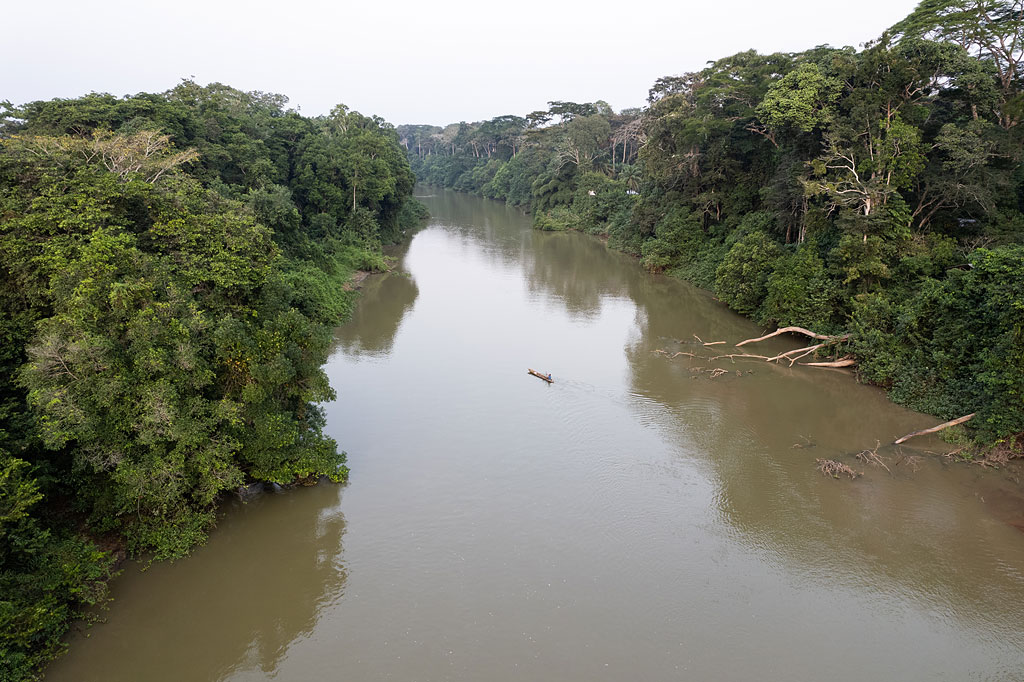
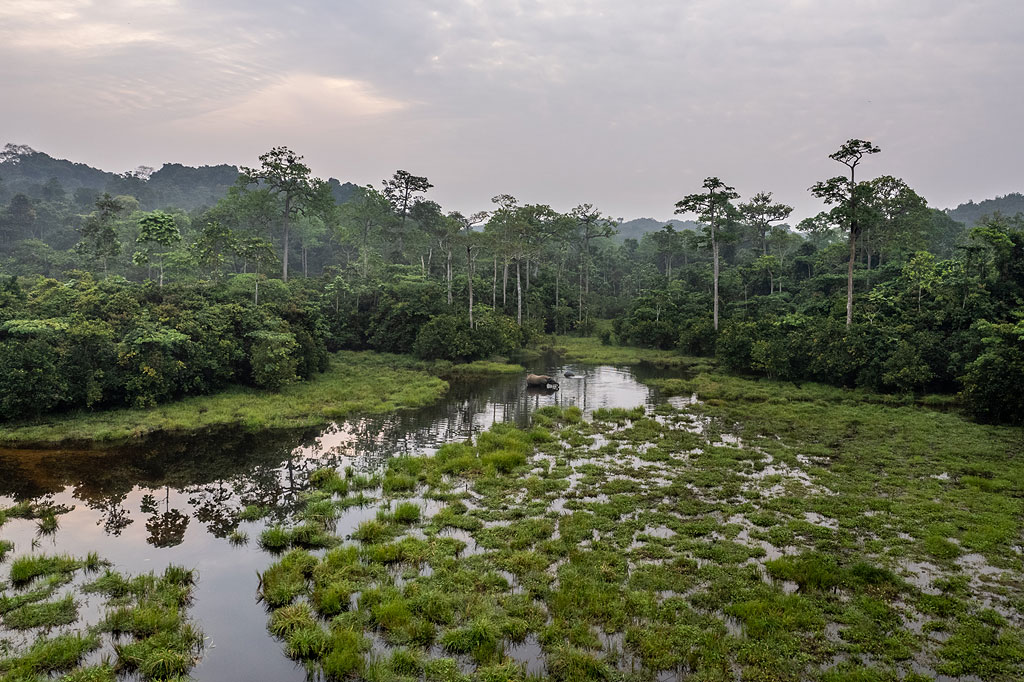
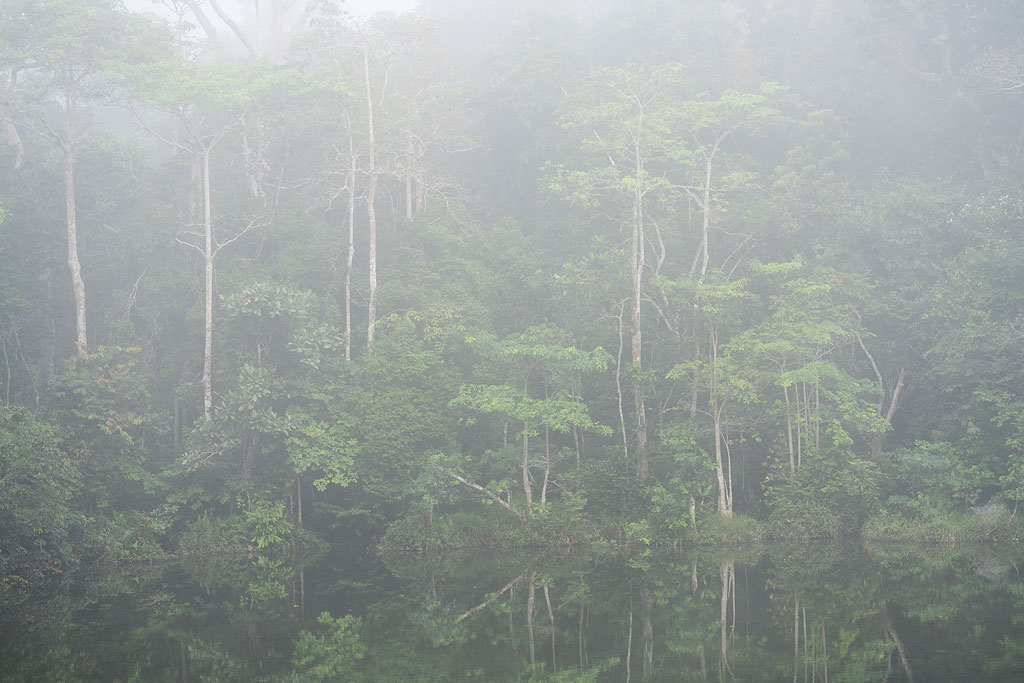
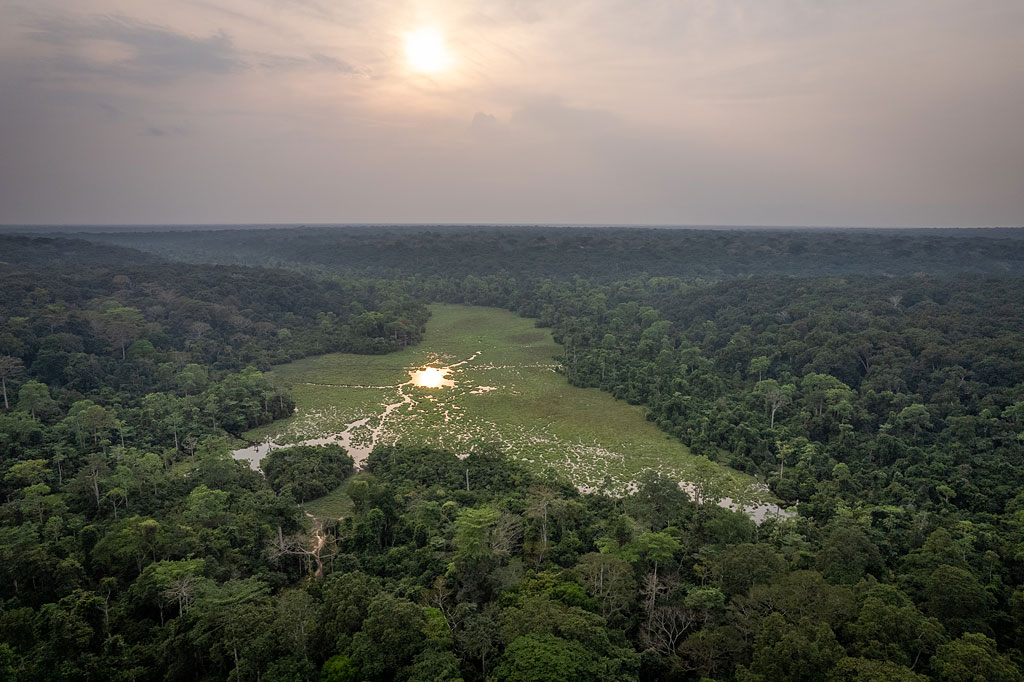
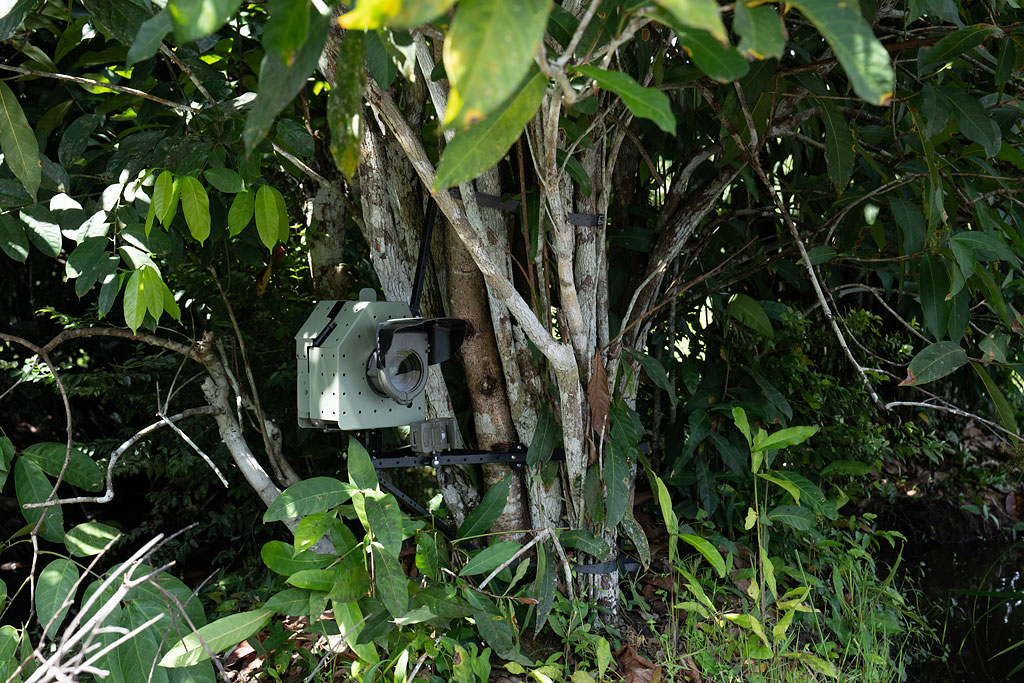
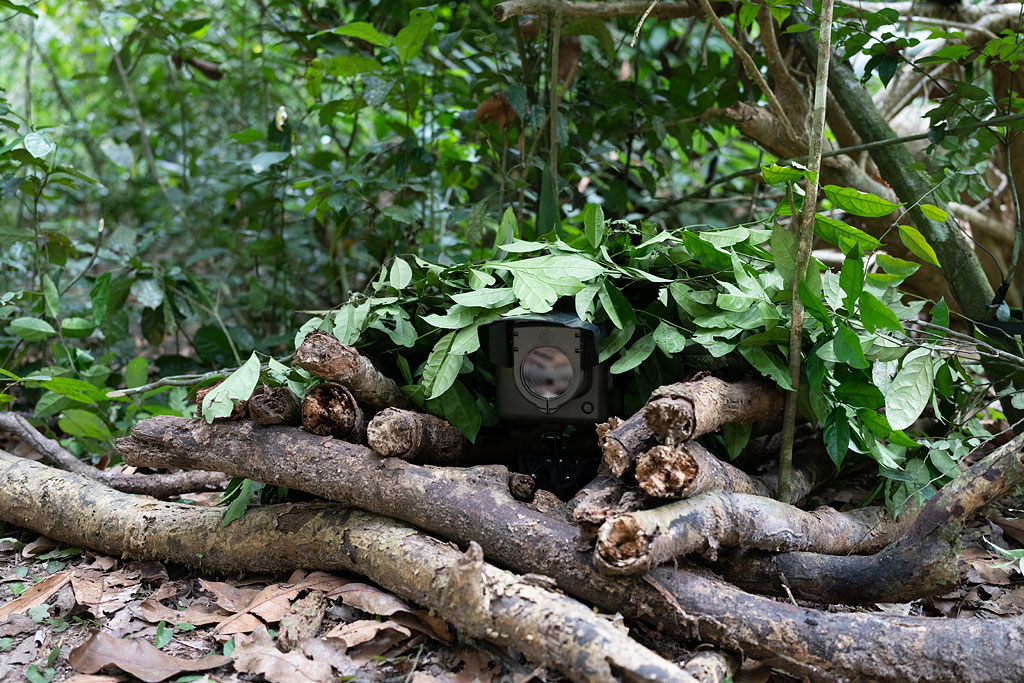
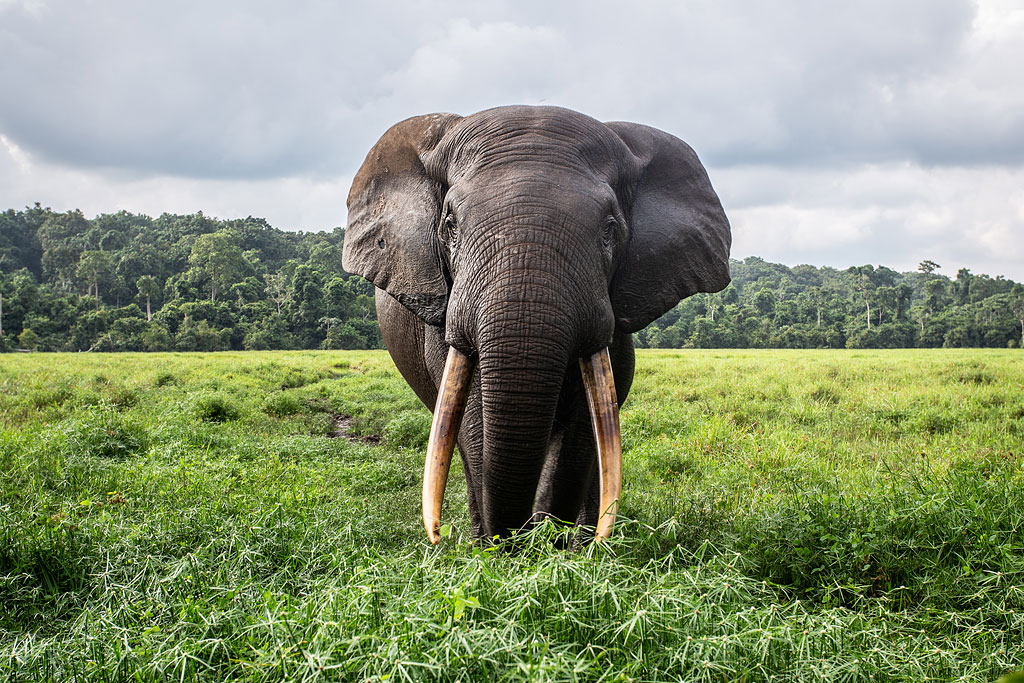
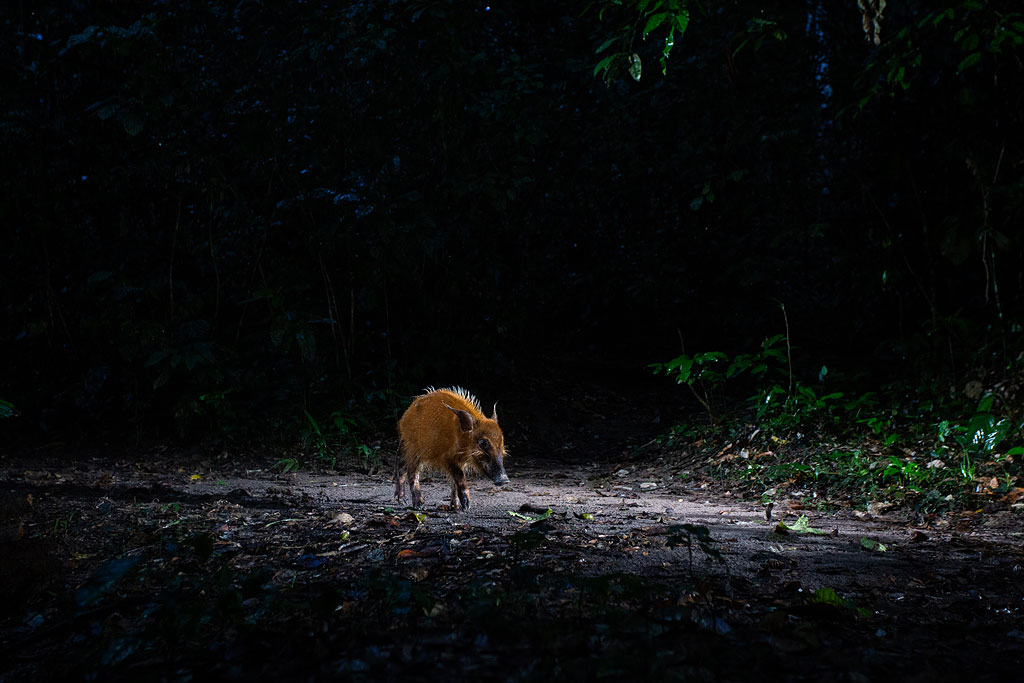
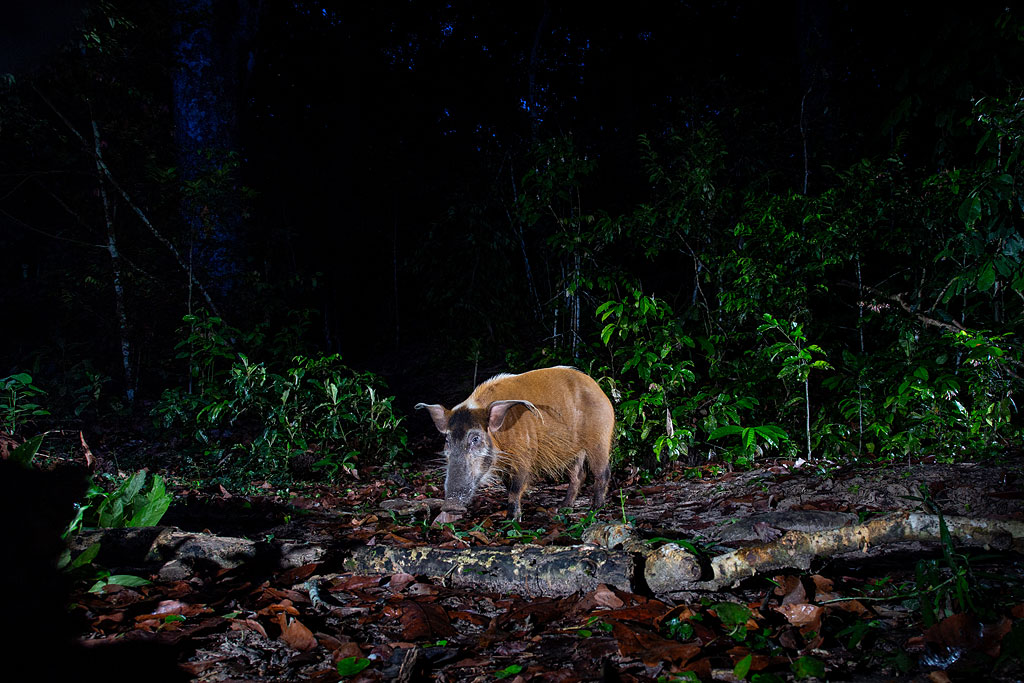
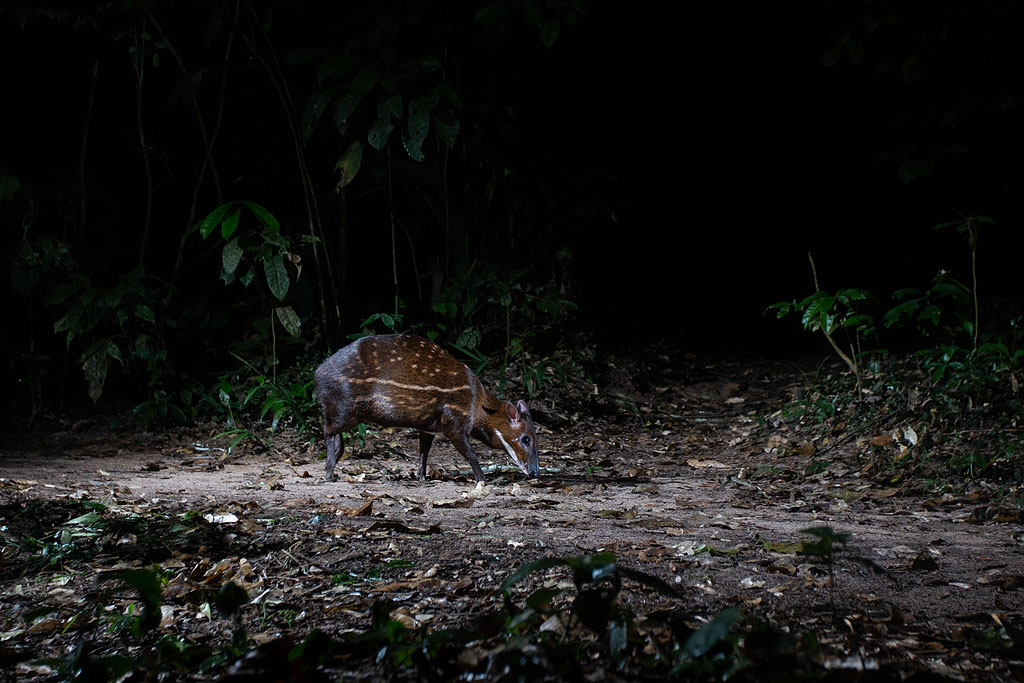
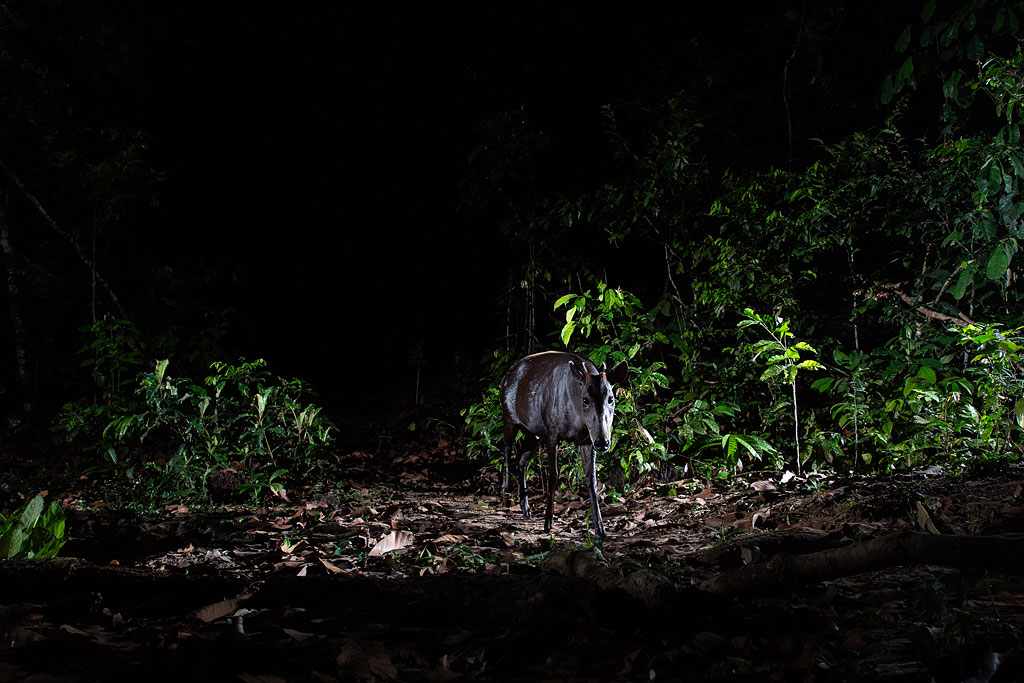
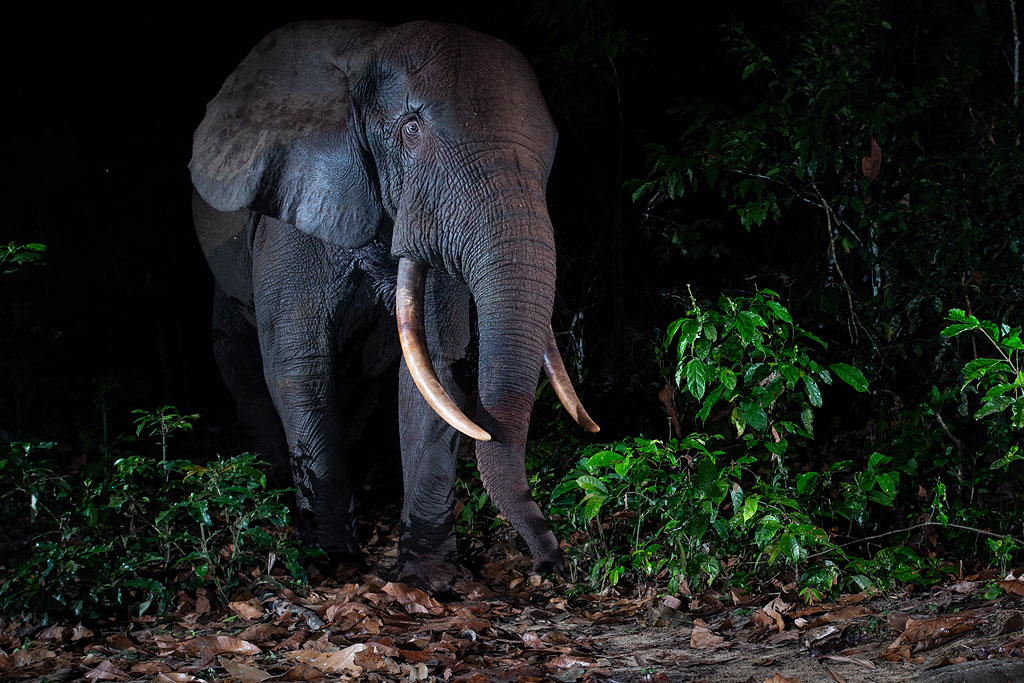
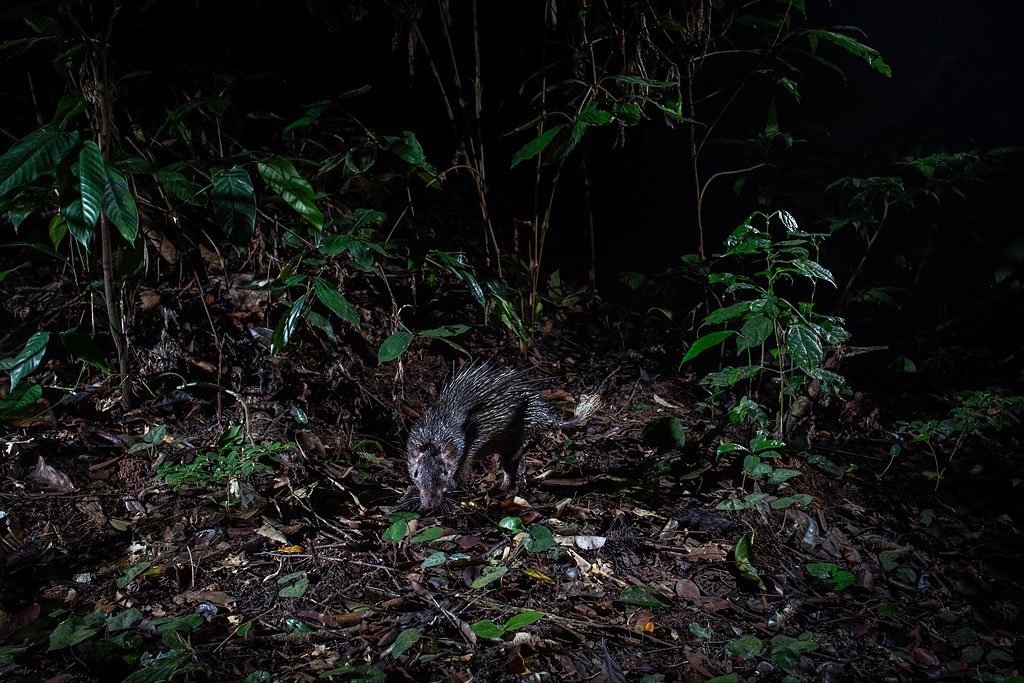
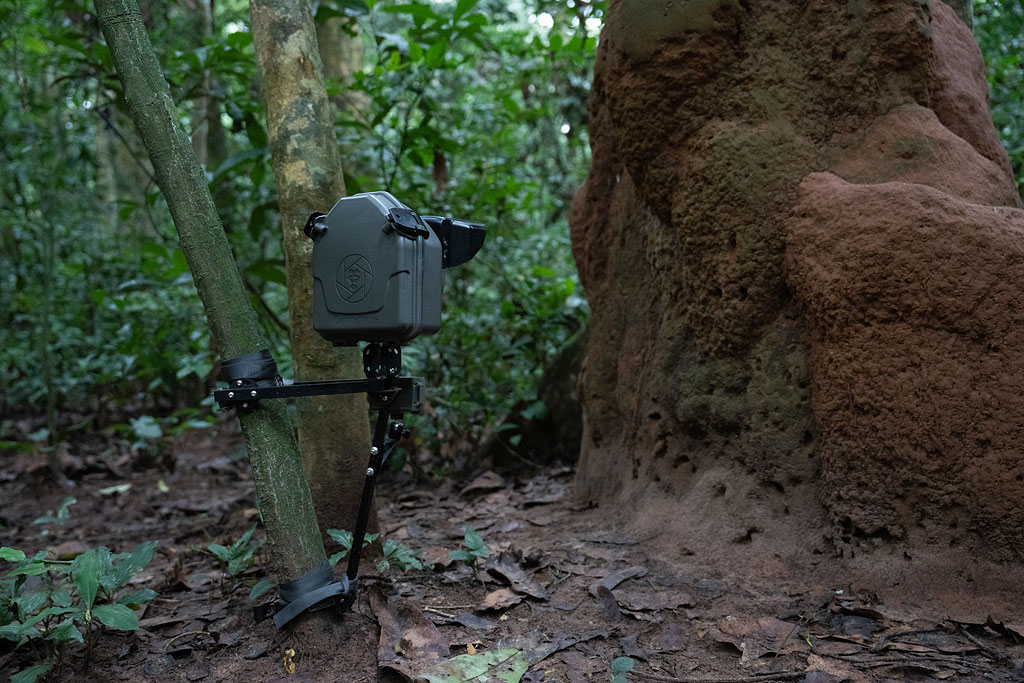
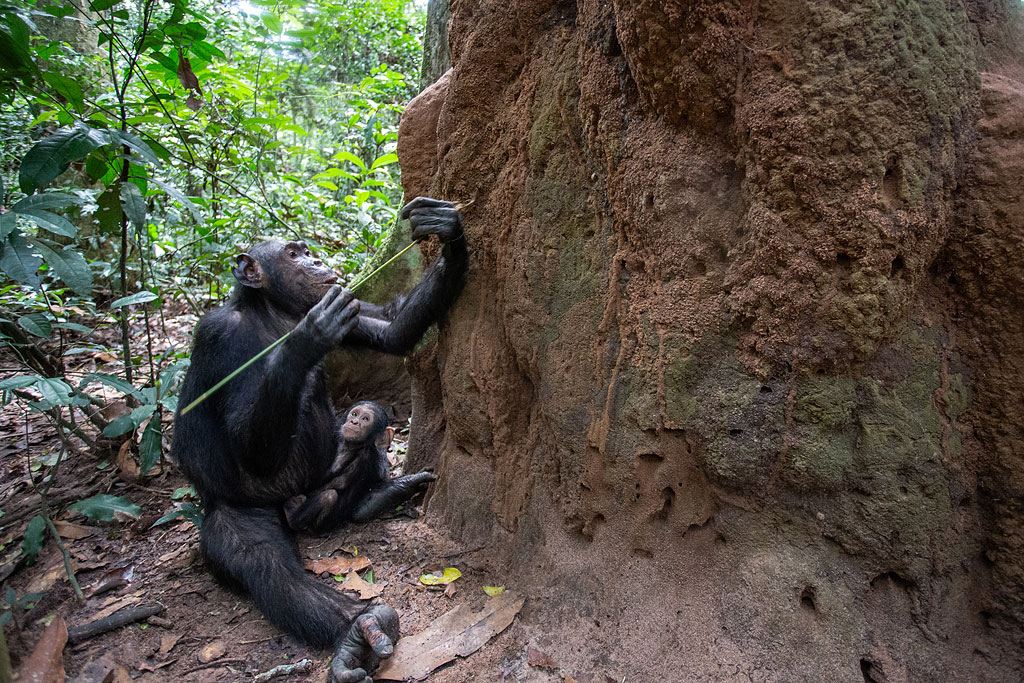
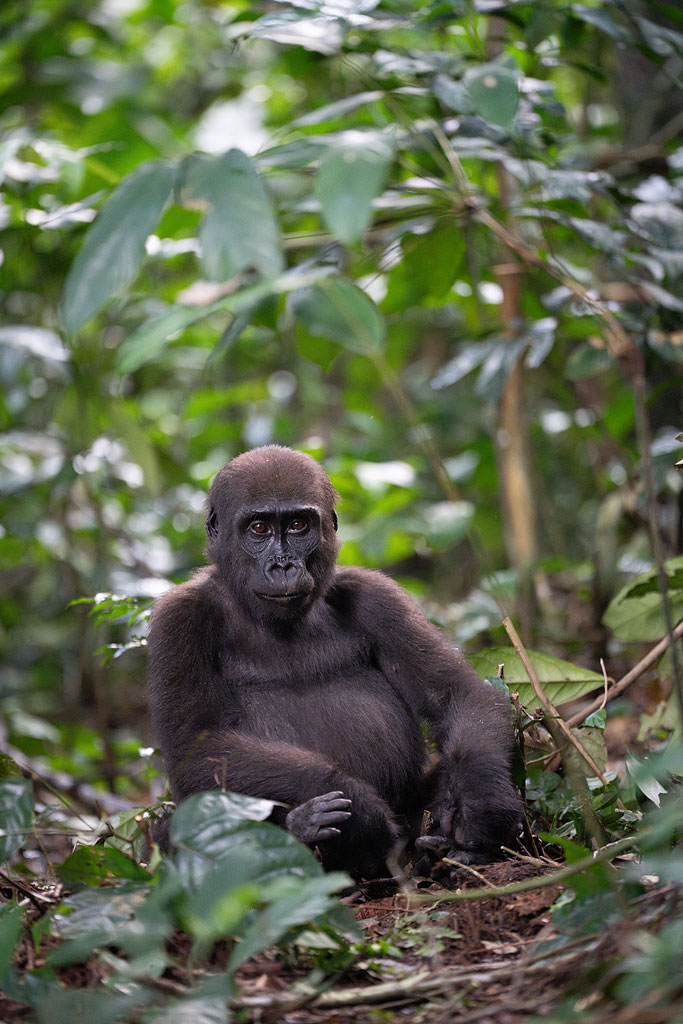
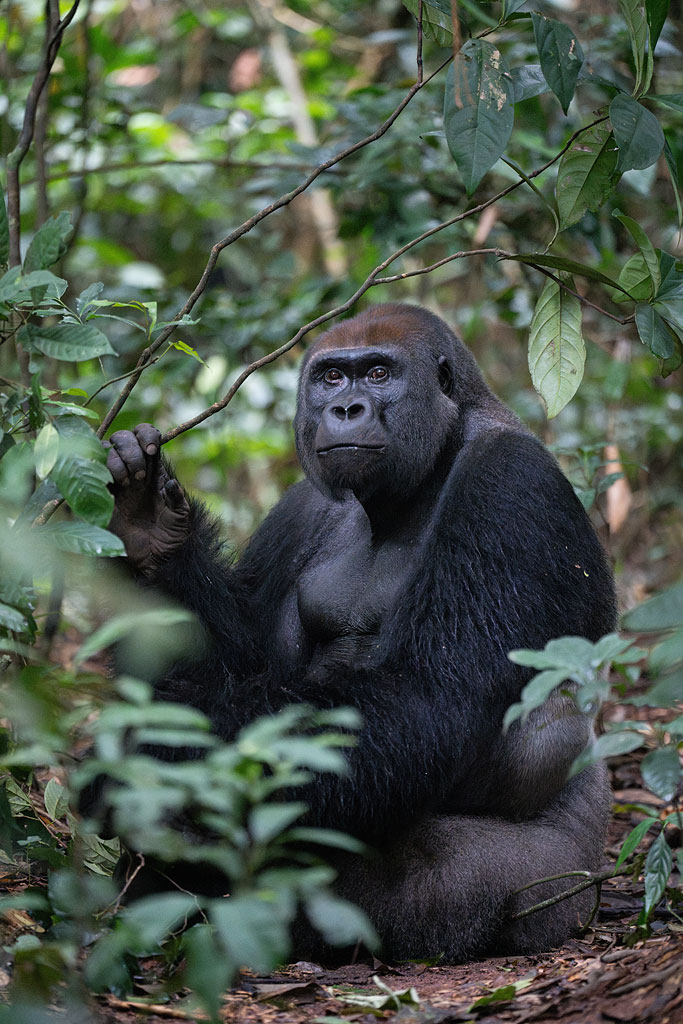
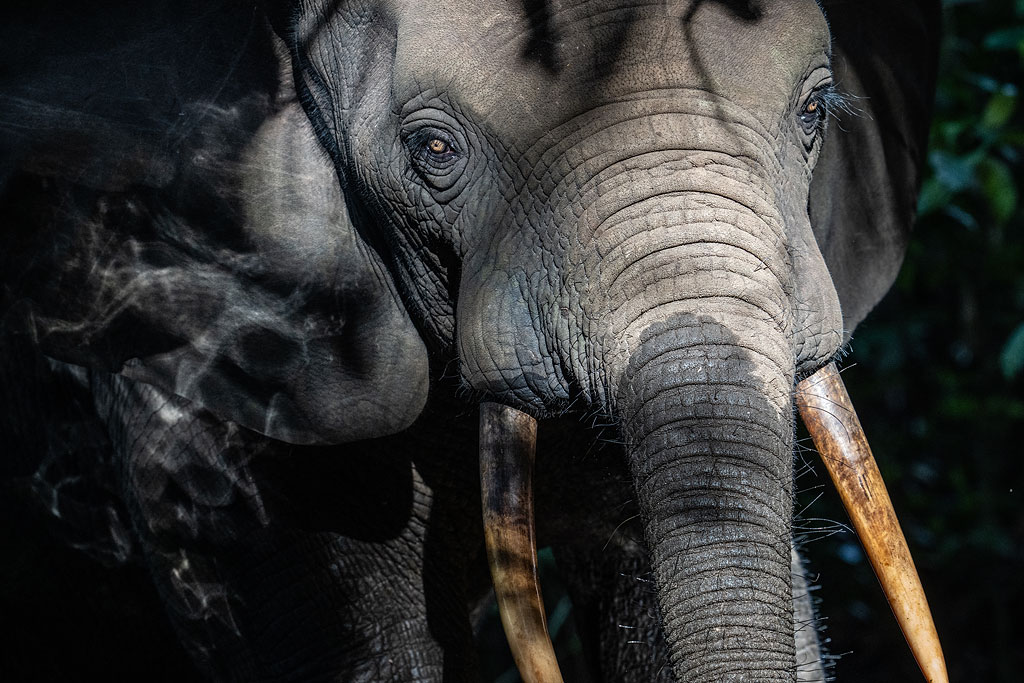
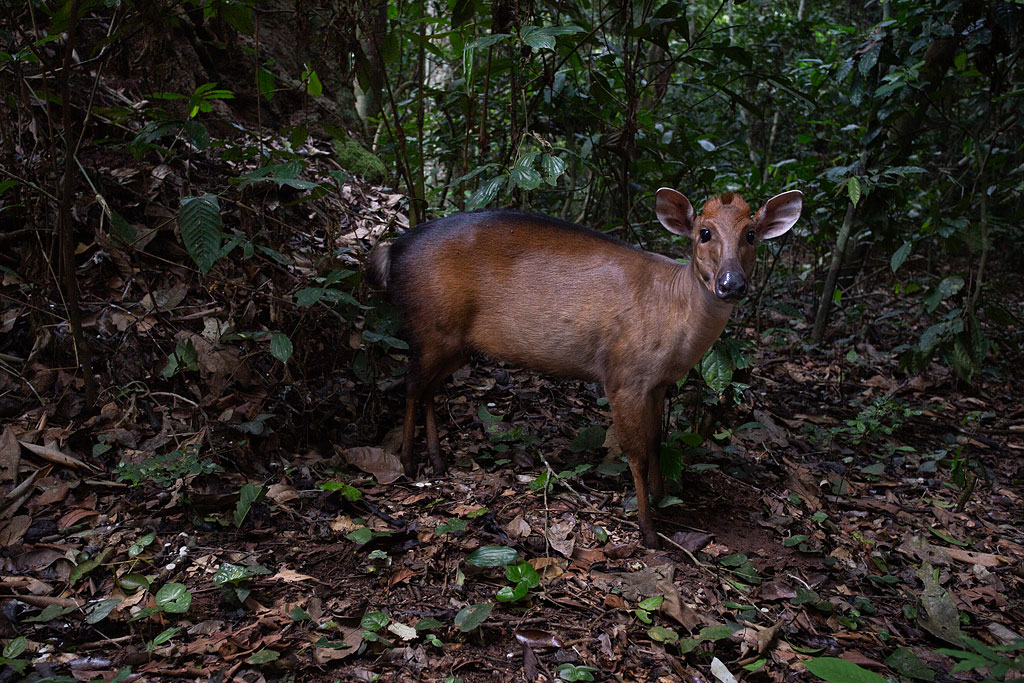
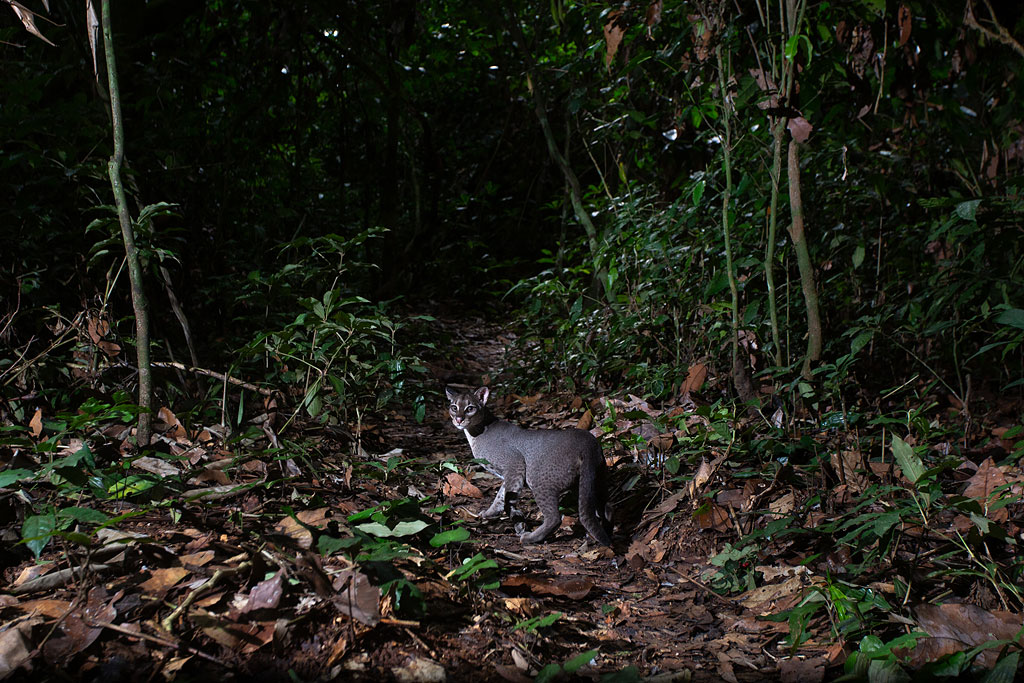
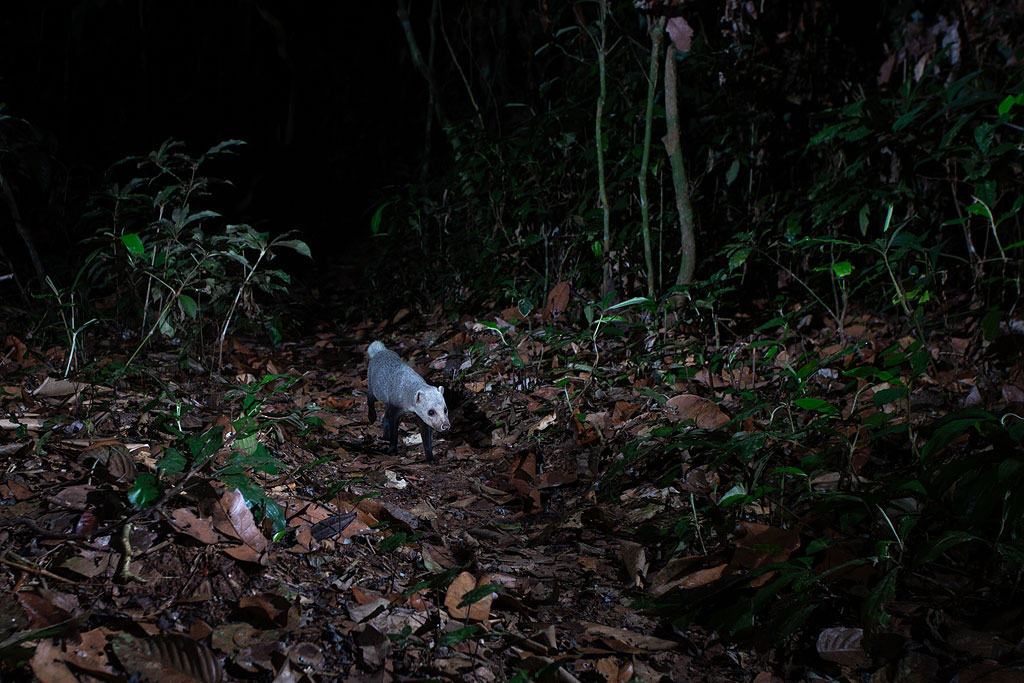
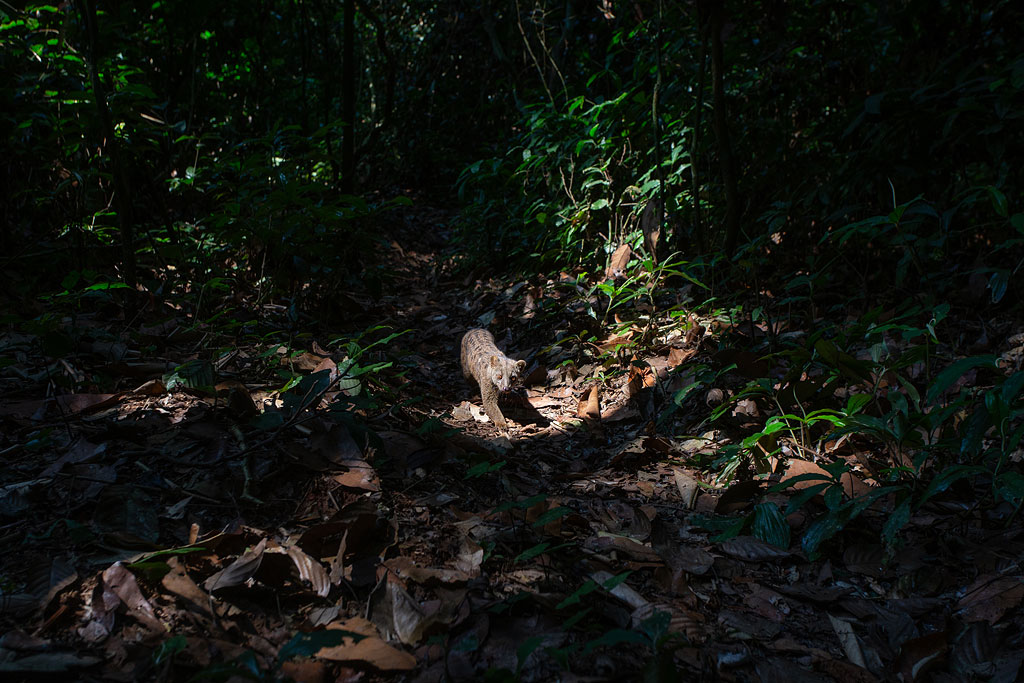
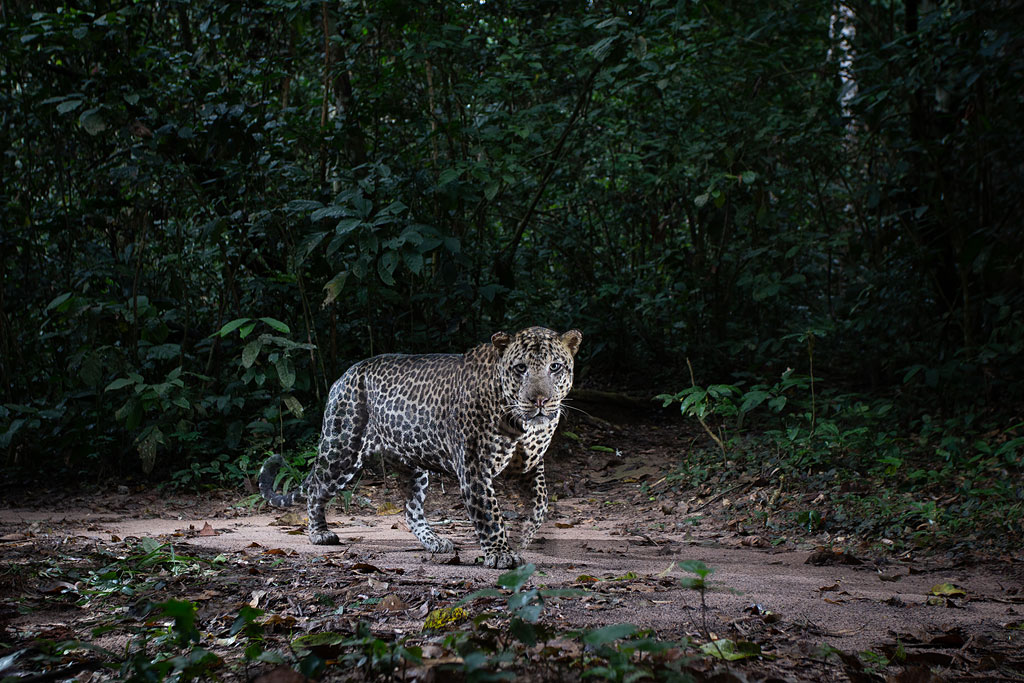

A brilliant piece Will. . well done. oh to be young and agile
Wow.!
One aspect of your project, which is largely unappreciated in wildlife photography, is that photographers have to endure extreme hardship to capture their images.
Amazing images of amazing creatures.
Terrific work, well-done: this is high-standard exploration of the natural world in a very remote place. Such rare images deserve a book.
A Documentary film would be good
Thank you for a fascinating write up of your work in this part of the Congo. It’s encouraging to see wildlife surviving and to see you helping these field teams in photographing these wonderful animals.
Incredible read, remarkable photographs. You are an inspiration!
So exciting to read about your adventures in the Congo and see some of the trail Cam photos. Can’t wait to see and read the full story. congratulations on another amazing conservation trips
Excellent stuff, Will, and what an adventure! Is Okapi found in this area?
The last photo of the male leopard took my breath away! Wow
Many thanks for sharing and to all of those who helped you make it possible.
That Leopard !!!
Wow, quite an amazing piece. I love the shots.
Fantastic work, that Chimp photo is sublime.
Inspiring work, Will 🙂
Terrific work and gorgeous images- bravo!
Wow. That’s all I can think of. WOW!
Another wonderful display of Wills expertise. I just love his shot of the giant leopard.
Please be safe, Will
Incredible ! So beautiful.
Will, what a good read! Many blogs make me fall asleep after five lines, but this is such excellent, interesting and exciting stuff I read it all the way through in one go! You’ve got great writing skills that make the reader feel like they’re actually there with you.
The one thing that made me laugh out loud was how your camera trap bags found you in the middle of nowhere by some miraculous way. That’s just so Africa. Many people think of inefficiency when it comes to Africa, but my word, how they make things happen is just so creative. Bless them.
I do hope you return one day to make a documentary.
Thanks for this wonderful blog with the delightful message of how much natural beauty is out there needing to be protected.
Excellent!
Never seen a Leopard that big so close.
Thanks for all of the lovely comments! I really appreciate it.
@Max Thanks! Unfortunately no Okapi in this area.